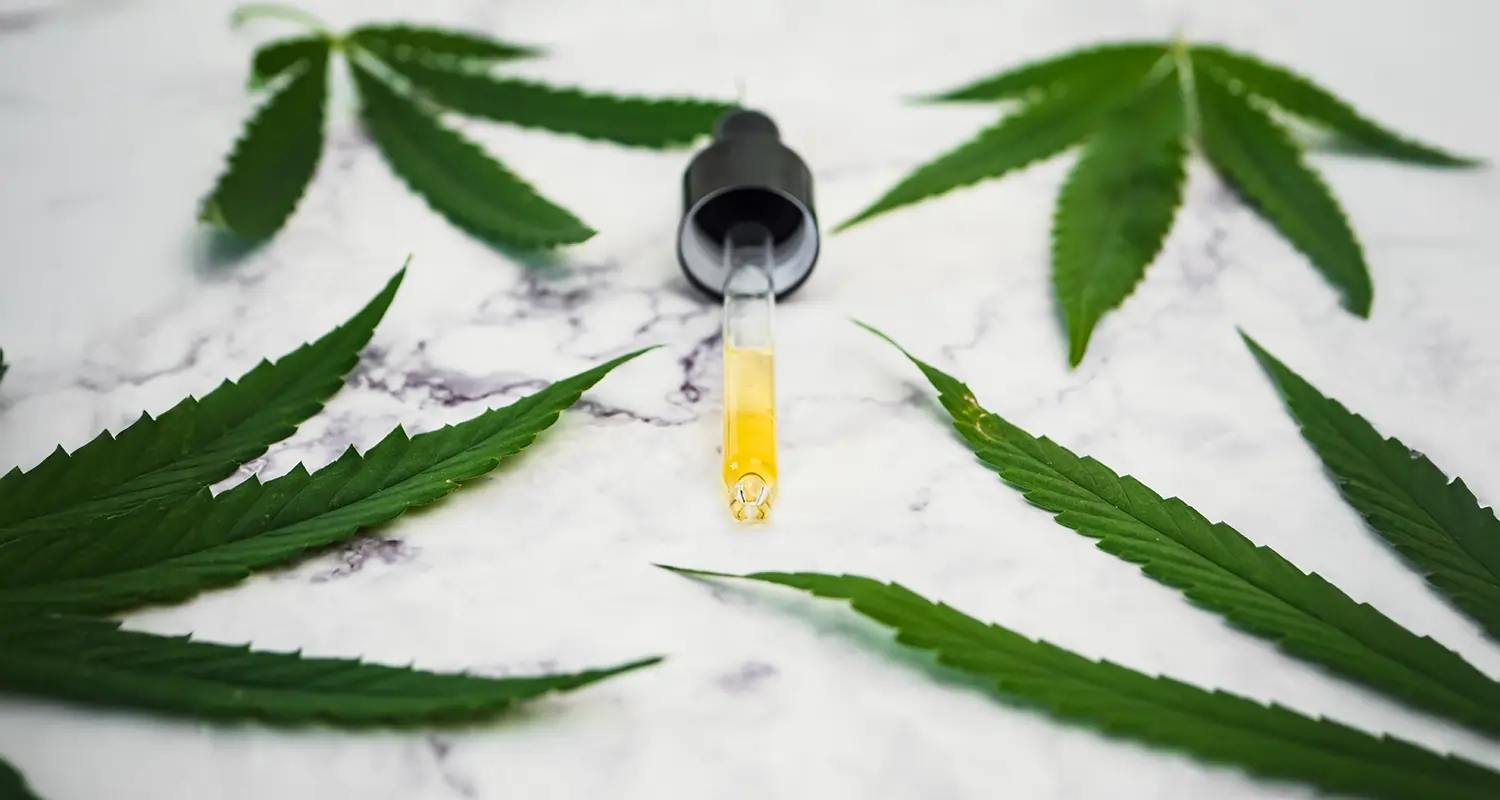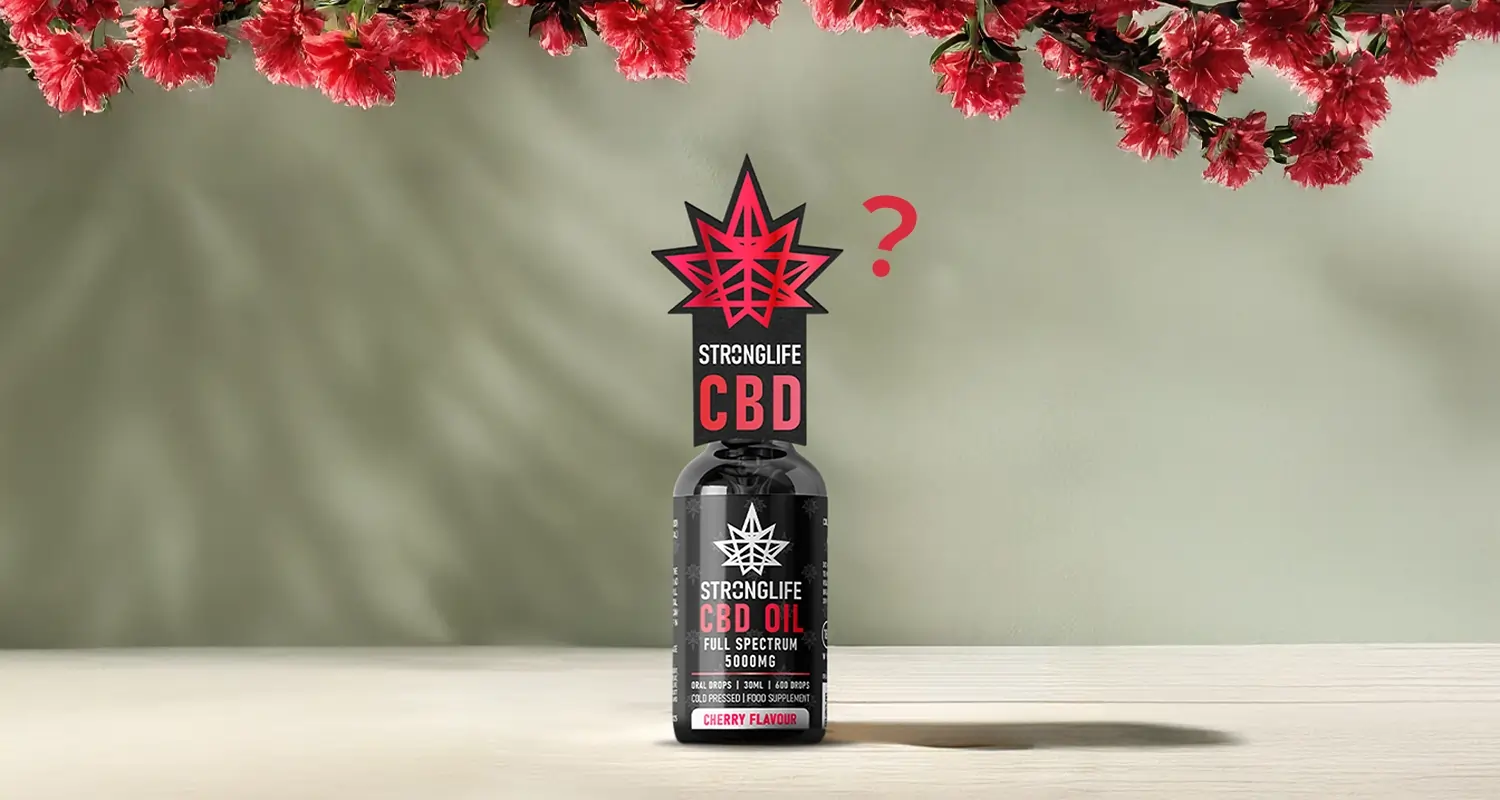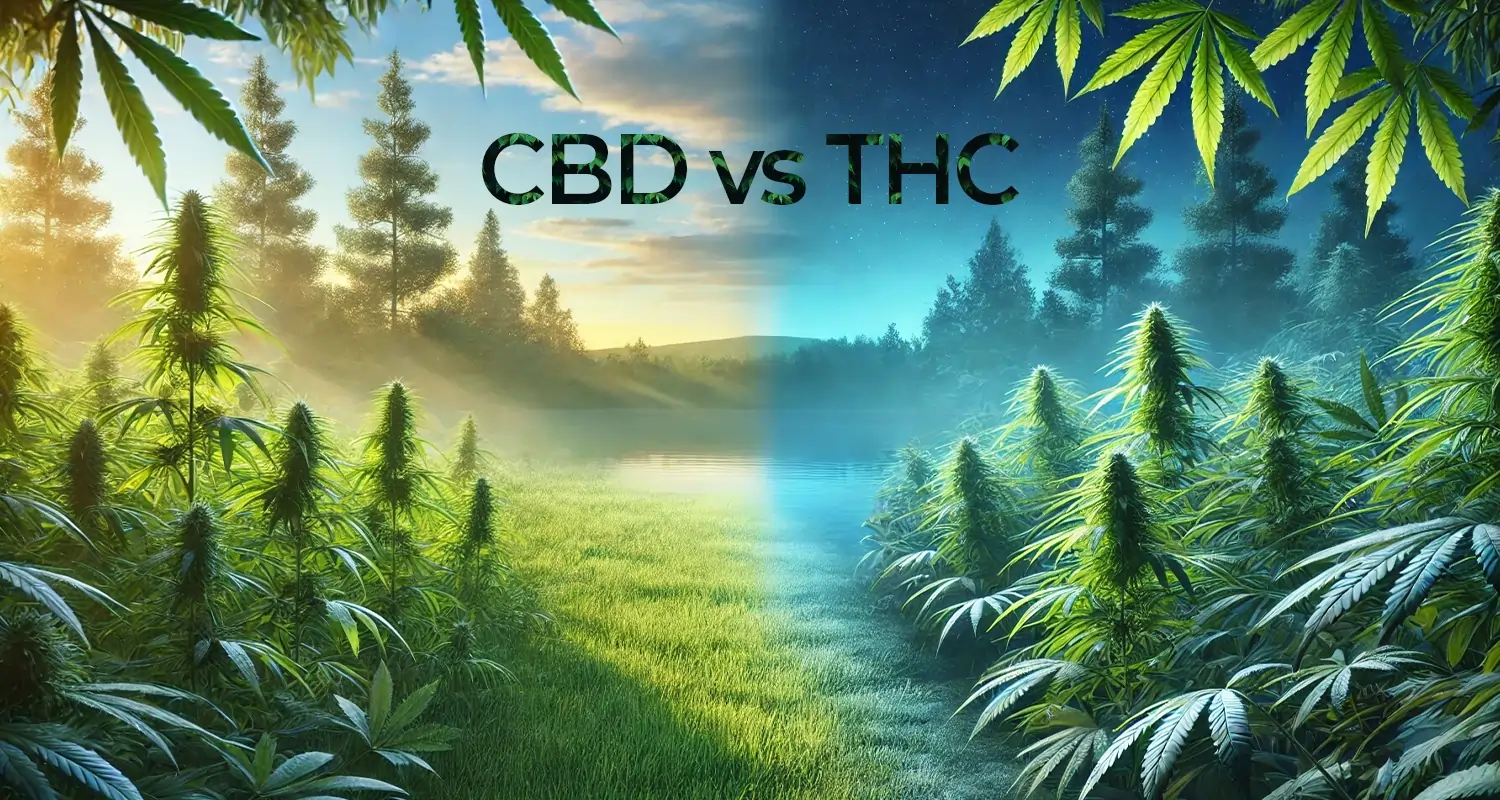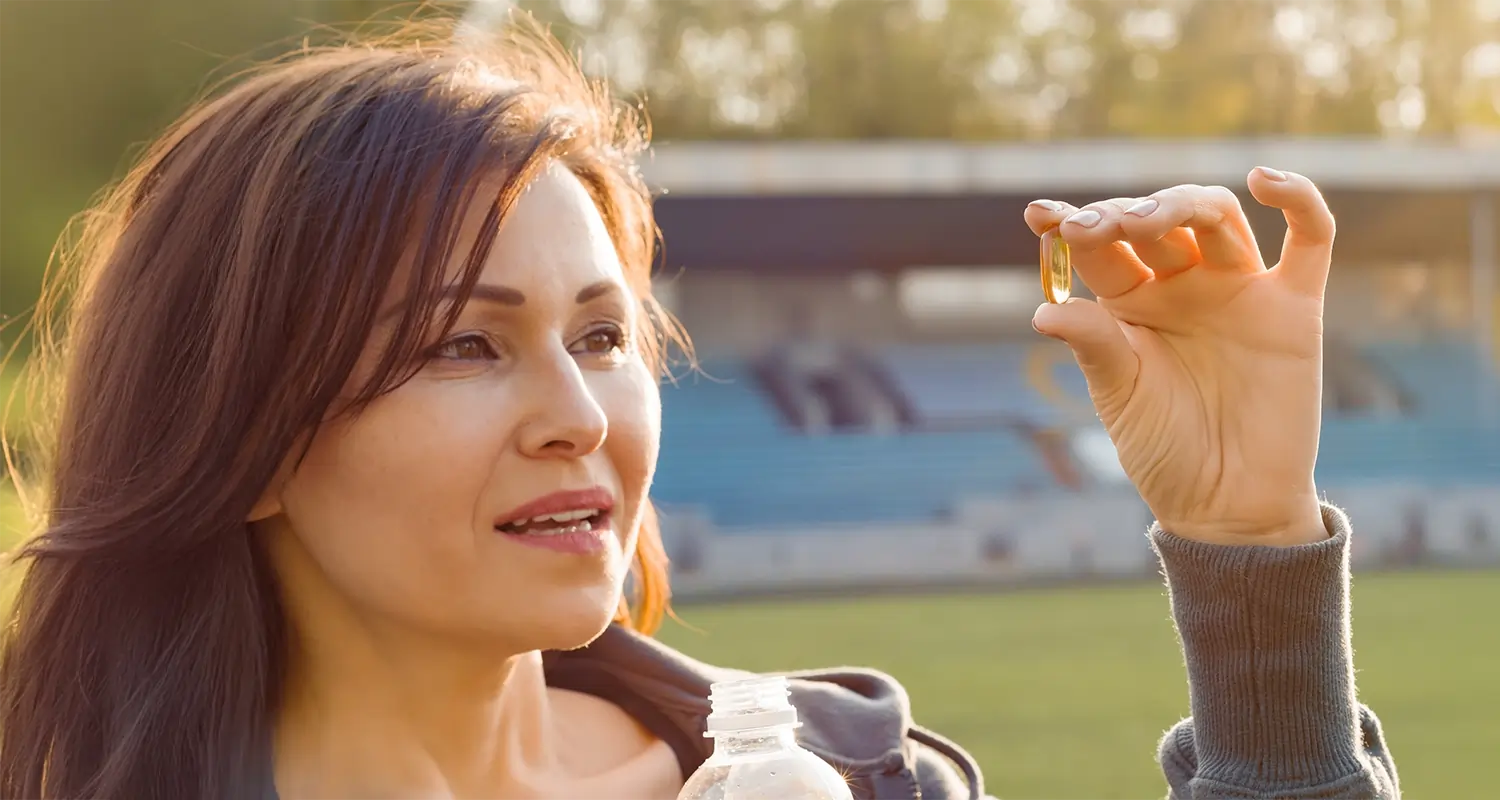CBD Guide – Everything You Need To Know
Comprehensive CBD Guide, covering its origins, potential health benefits, safety, and legal status. This resource offers insights into how CBD works, the various ways it can be used, and important considerations for both beginners and regular users

Introduction to CBD
CBD, short for cannabidiol, is a compound found in hemp plants known for its potential therapeutic effects without the psychoactive properties of THC. This section provides a foundational understanding of what CBD is, how it interacts with the body’s endocannabinoid system, and its emergence as a popular natural remedy.
CBD, or cannabidiol, is a natural compound found in hemp plants. Unlike THC, it doesn’t cause a “high.” CBD is often used for its potential benefits, like helping with pain, anxiety, stress, and sleep, by interacting with the body’s endocannabinoid system.
Read our blog below to learn more
CBD interacts with the body’s endocannabinoid system (ECS), a network responsible for maintaining homeostasis, or balance, within the body. When people ask how CBD works, the answer lies in its ability to bind to receptors in the ECS, which helps regulate various functions such as sleep, mood, immune response, and pain.
Read our blog below to learn more
CBD Health Benefits
CBD is recognised for its potential to alleviate various health concerns, such as pain, anxiety, and sleep disorders. This segment explores the different ways CBD may benefit the body and mind, with a focus on its therapeutic properties. From chronic conditions to everyday wellness, you’ll gain insights into how CBD could support a healthier lifestyle.
CBD is often explored for its potential to help with pain relief. Many users have shared positive experiences in managing discomfort, whether it’s from chronic conditions, muscle soreness, or joint issues. By targeting specific receptors, CBD may help reduce pain and inflammation, offering a natural alternative for relief.
Read our blogs below to learn more
Many users report feeling calmer and less anxious after using CBD, thanks to its interaction with the body’s endocannabinoid system. This system helps regulate mood and stress responses, potentially making CBD an option for those looking to manage everyday stress and anxious feelings.
Read our blogs below to learn more
CBD Safety & Side Effects
While CBD is widely considered safe, understanding its potential side effects is essential. This section discusses common reactions to CBD, such as drowsiness or appetite changes, as well as safety considerations when combining it with other medications. It provides an overview of how to minimise risks and use CBD responsibly.
According to the World Health Organization (WHO), CBD is generally well-tolerated in most individuals and has a good safety profile. The WHO reports that “CBD exhibits no effects indicative of any abuse or dependence potential” and that it’s “generally well-tolerated with a good safety profile.”
Read our blog below to learn more
While many people tolerate CBD well, there are some side effects to be aware of, especially when taken in higher doses or if combined with other medications.
Read our blog below to learn more
How To Use CBD
CBD can be used in various forms, from oils to patches, each offering potential unique benefits. This section breaks down the different methods of consumption and helps guide users on how to determine the most effective option based on individual needs.
To use CBD oil, simply fill the dropper with the recommended dose and place the oil under your tongue. Hold it there for 60-90 seconds before swallowing to allow for better absorption. You can also mix the oil into drinks or food if preferred. Start with a low dose and gradually increase if needed, based on your body’s response. Always consult your doctor for personalised advice.
Read our blog below to learn more
To use CBD patches, clean and dry the area of skin where you’ll apply the patch. Peel off the backing and firmly press the patch onto your skin, avoiding joints or areas that flex often. Leave the patch on for up to 12 hours for slow, steady absorption. After use, simply remove and discard the patch. For best results, avoid oily skin and do not reposition once applied. Always follow the dosage instructions provided.
Read our blog below to learn more
CBD Legality & Travel
This section covers CBD UK laws, including regulations on THC content and product labeling. It also highlights global variations in CBD legality, from Europe to the U.S., and provides tips on traveling with CBD, ensuring compliance with international restrictions when crossing borders.
Is CBD legal in England? The short answer is yes, but there are specific regulations
that manufacturers and consumers need to be aware of.
Read our blog below to learn more
This guide provides an overview of CBD legality by country, covering key regions to help
users understand where CBD is permitted and where it is restricted.
Read our blog below to learn more
At Stronglife, your wellness journey is our top priority, with premium CBD crafted just for you.
CBD Frequently Asked Questions
When Is The Best Time To Take CBD?
The optimal time to take CBD varies based on your desired effects, lifestyle, and how your body processes CBD. Generally, CBD can be taken at different times to achieve different outcomes:
Morning: Taking CBD in the morning can help to start the day with a sense of calm and focus, particularly useful for those managing anxiety or stress. Some people also find it helps with managing morning aches and discomfort.
Afternoon: For those with high-stress jobs or busy routines, taking CBD around midday can help maintain a balanced mood and prevent the build-up of stress. It may also aid in avoiding the post-lunch energy slump, as some users report increased mental clarity.
Evening: Many people prefer taking CBD before bed, as it can support a relaxed state and potentially improve sleep quality. Taking it 1-2 hours before bedtime allows enough time for it to take effect.
Overall, experiment with timing and pay attention to how it affects your energy, mood, and relaxation levels throughout the day.
How Long Does CBD Take To Work?
The time it takes for CBD to work can vary significantly depending on the method of consumption, dosage, and individual factors like metabolism, body weight, and tolerance. Here’s a breakdown:
Ingestible Products (e.g., CBD patches): Patches are a unique form of CBD delivery, as they allow a steady, consistent release of CBD through the skin into the bloodstream. It generally takes between 20-30 minutes for patches to begin working, with effects lasting up to 12 hours. They’re especially ideal for consistent support over longer durations without needing repeated doses.
Sublingual (e.g., tinctures or oils): When taken under the tongue, CBD absorbs relatively quickly into the bloodstream, usually within 15-45 minutes. This method is efficient for faster onset but shorter duration.
Inhalation (e.g., vaping or smoking): The effects are almost instantaneous, with users often feeling it within minutes. However, the duration is typically shorter than other methods, lasting 2-3 hours.
Edibles and Capsules: These take the longest, often 30 minutes to 2 hours to work, as they have to pass through the digestive system. The effects tend to last longer, often up to 6-8 hours.
As with any supplement, try different methods to find which is most effective for your lifestyle and health goals.
Can You Use CBD Everyday?
Yes, many people use CBD daily as part of their wellness routine, and it’s generally safe to do so. Using CBD consistently can enhance its effectiveness, as regular use may lead to a cumulative effect. Some studies even suggest that CBD’s impact on conditions like anxiety, stress, and chronic pain can improve over time with regular use.
Daily use can be particularly beneficial for those with chronic conditions, where consistent levels of CBD in the body may be necessary for managing symptoms. For instance, CBD patches allow for continuous, slow release, making them a convenient option for daily support.
The important thing is to find the right dosage that works for you, starting with a low dose and gradually increasing it if needed. Consulting with a healthcare provider can provide personalized guidance, especially if you have any underlying health conditions or are taking other medications.
How Long Does CBD Stay In Your System?
CBD’s duration in the body depends on various factors like dosage, frequency of use, body composition, and metabolism. Generally, CBD can stay in the system for 2-5 days after a single use. However, with regular, daily use, it may build up in the body and take longer to fully clear—potentially up to two weeks.
Here’s how different methods affect CBD’s duration:
Patches: Since CBD is released gradually, it stays in the system longer, often up to 12 hours. With regular use, trace amounts may remain in the body for extended periods.
Sublingual or Edibles: These are metabolized at a slower rate, so CBD may linger for a few days to a week in the body.
Inhalation: CBD is processed more quickly when inhaled, so it usually exits the system sooner, typically within a few days.
CBD is fat-soluble, meaning it’s stored in fat cells. Therefore, factors like body fat percentage, hydration levels, and overall metabolism can affect how long CBD remains detectable. Generally, CBD is unlikely to appear on a drug test, but for those undergoing specific testing, be aware that some CBD products contain trace amounts of THC.






















